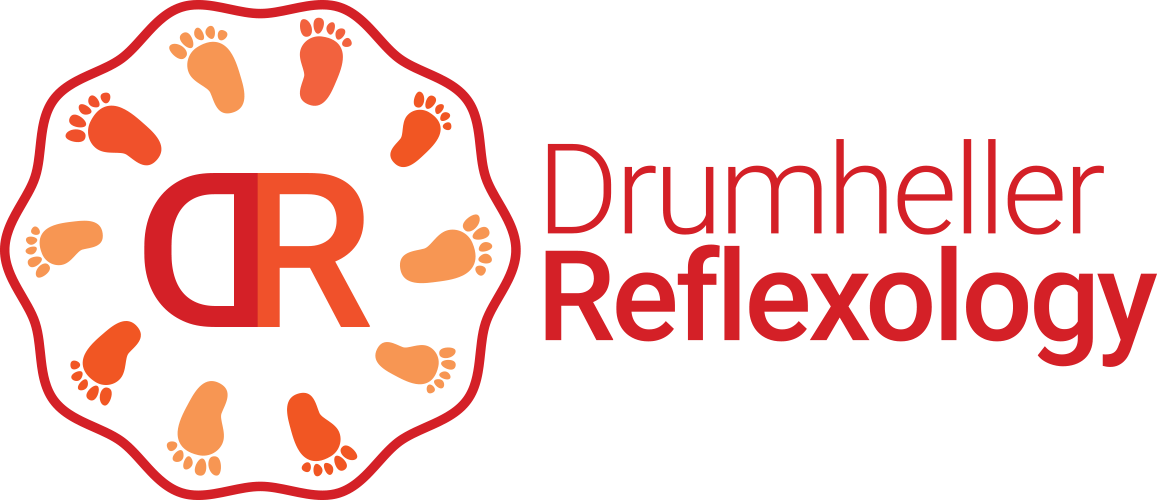Get to know Reflexology
Basics
Benefits
Science and theory behind the art
The art of Reflexology is a natural, non-invasive therapy which facilitates and promotes the natural functioning and healing of the body. It will help to balance the physical, mental and emotional aspects of your whole body.
All organs, nerves, glands and every part of the body are connected to reflex areas on the feet, hands, ears and face. By stimulating these areas by pressure techniques and a form of massage can create a direct response in the related parts of the body. The body has the ability to heal itself. Our health and balance are constantly affected by many things in our lives and environment. Stress, illness or disease can cause a state of “imbalance” preventing our body from functioning effectively. If something is not functioning well this will affect the entire system.
With the advanced training and experience of an RCRT therapist, clients can expect to feel the difference.
Increases energy and boosts metabolism
Helps achieve and maintain your body's natural balance and functioning
Reduces severity of pain levels by assisting in the increase of endorphin levels
Relieves tension, stress and anxiety - promoting relaxation
Improves circulation and elimination
Stimulates proper nerve function
Speeds post-operative and injury recovery
Helps to diminish severity of headaches and migraines
Aids in alleviating PMS and menopausal symptoms
Clears the body of toxins
Lessens nausea and fatigue
History
Reflexology, a traditional method with a modern twist.
The history of Reflexology goes back for more than four thousand years. The oldest known documentation of this practice was found in Egypt, a pictograph in the tomb of an Egyptian physician, Ankhmahor. Researchers believe that over centuries Reflexology has been known and practiced in India, China, Japan, Africa and America as well.
In the very early 1900’s Dr. William Fitzgerald was one of the earliest pioneers of our modern practice of Reflexology in North America. He worked on his patients to help with pain relief for minor surgery and called it “Zone Therapy”. The Reflexology we use today is still based on the zones he used.
In the 1930’s Eunice Ingham is the person who originally coined the term Reflexology and is called by many “the Mother of Reflexology”. Through her practice Eunice Ingham found that by alternating pressure on specific points she was able to stimulate healing rather than having a numbing effect. She worked with medical doctors and tried to convince them of the value of Reflexology, and even though they recognized and acknowledged that it worked, they were not interested as they felt the practice was too time consuming (as explained by Eunice’s nephew, Dwight Byers).
Eunice Ingham then took her work to the public to teach people to be able to benefit themselves and their families. The Ingham method truly forms the basis for the way most Reflexology is practiced around the world today.





